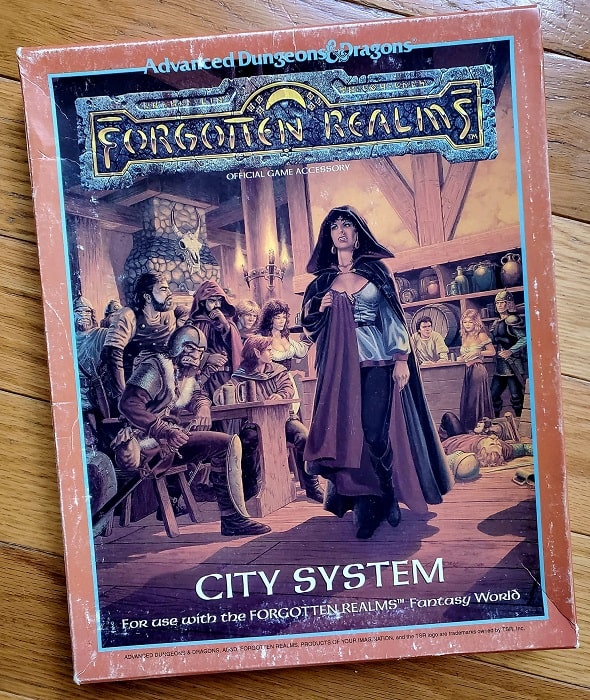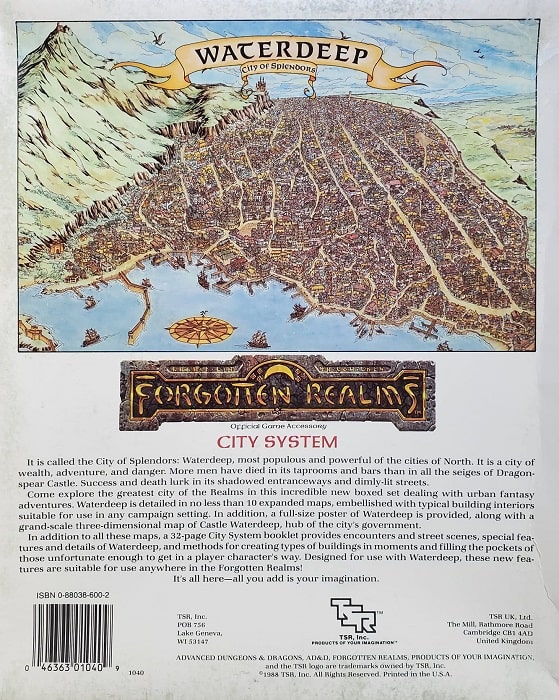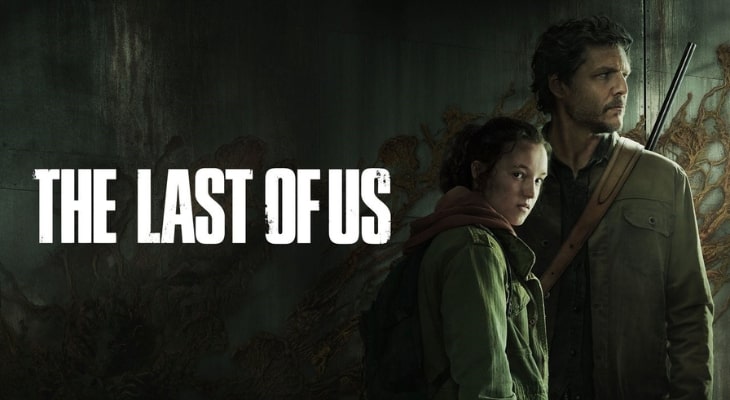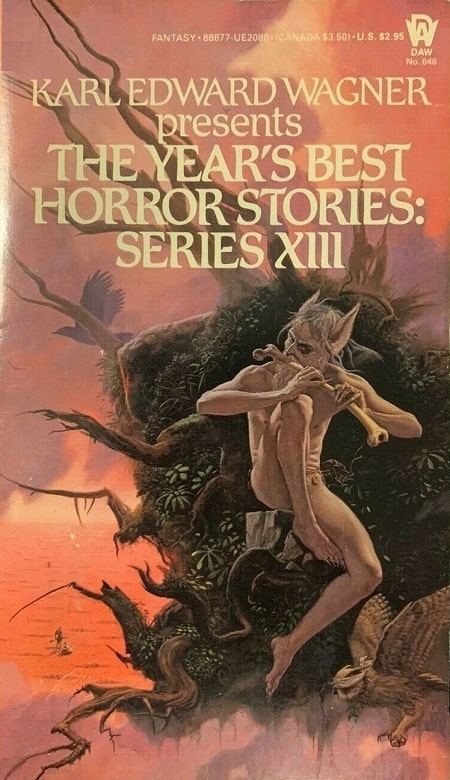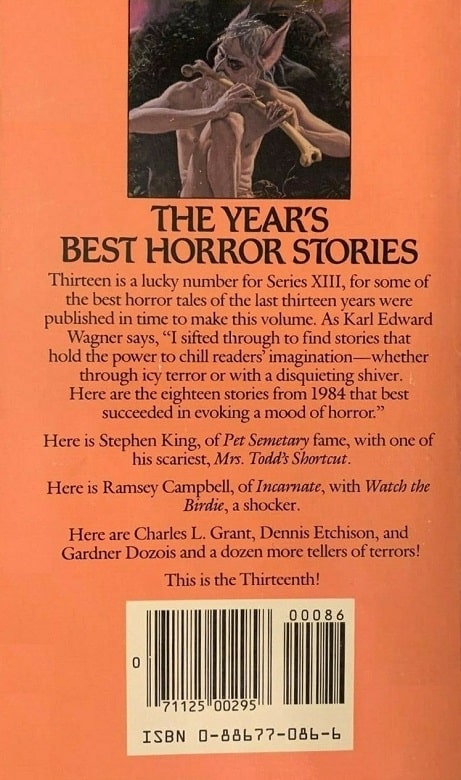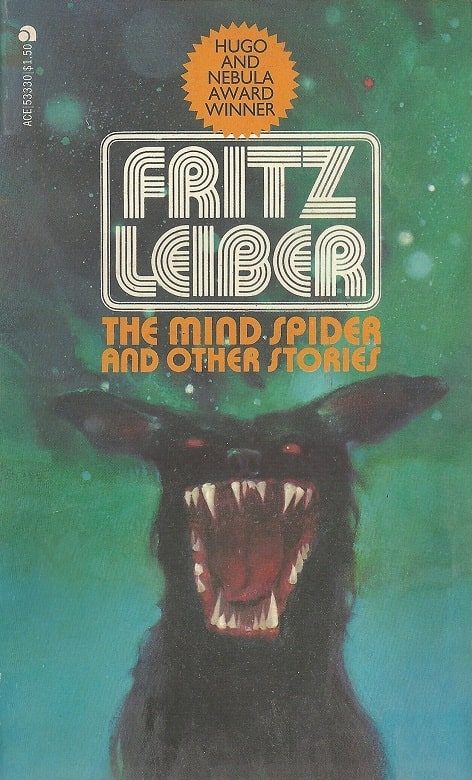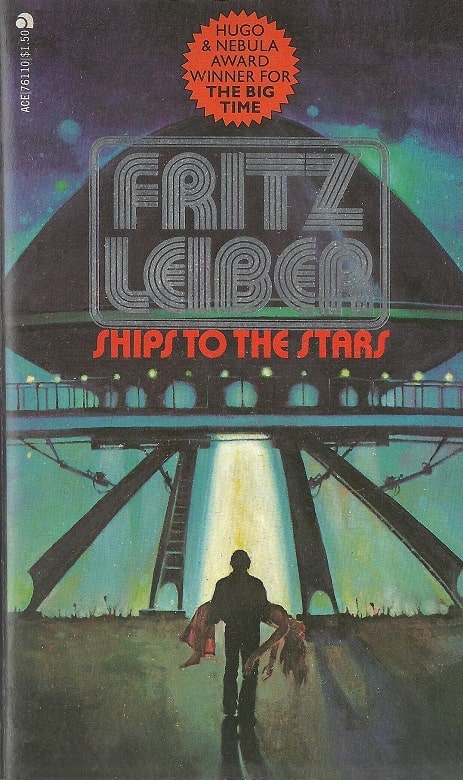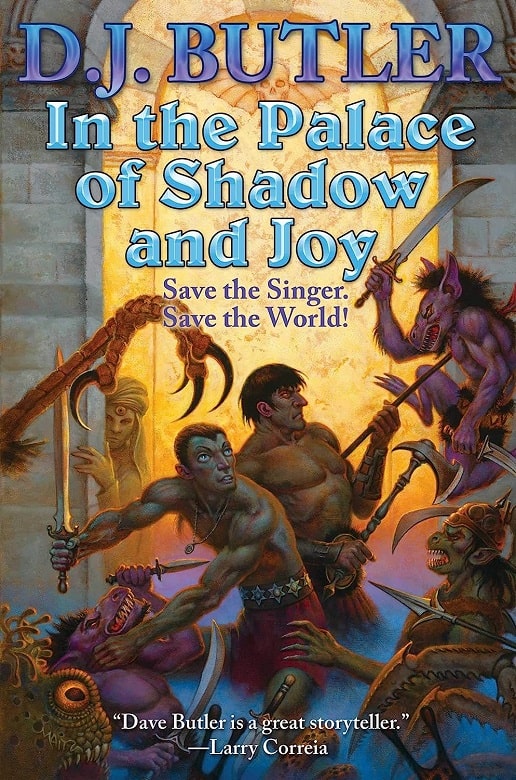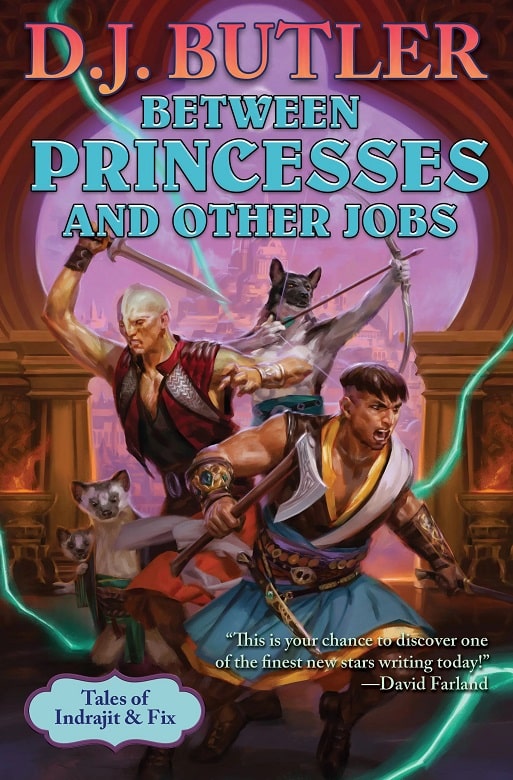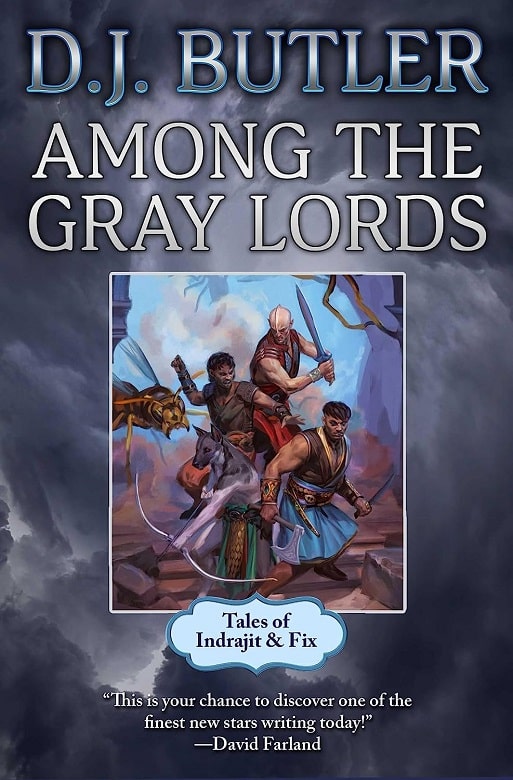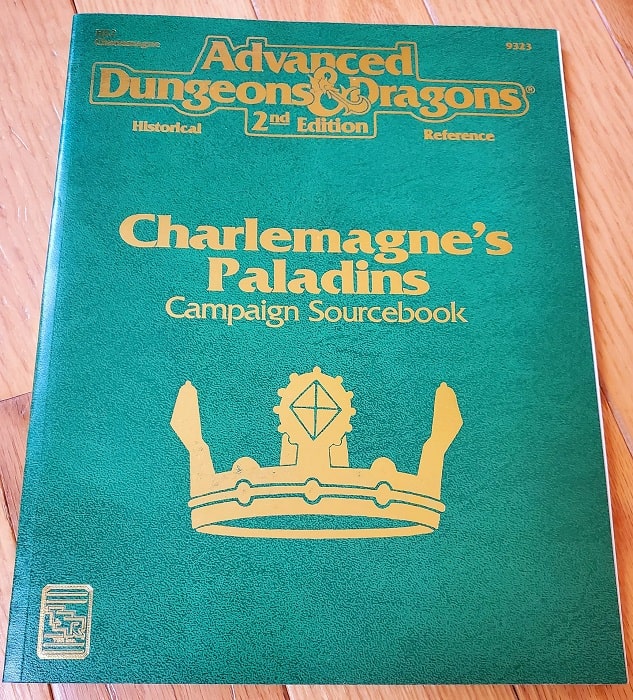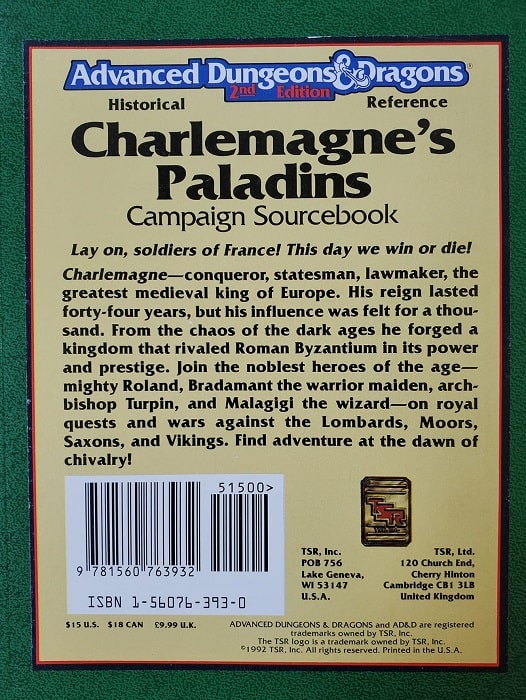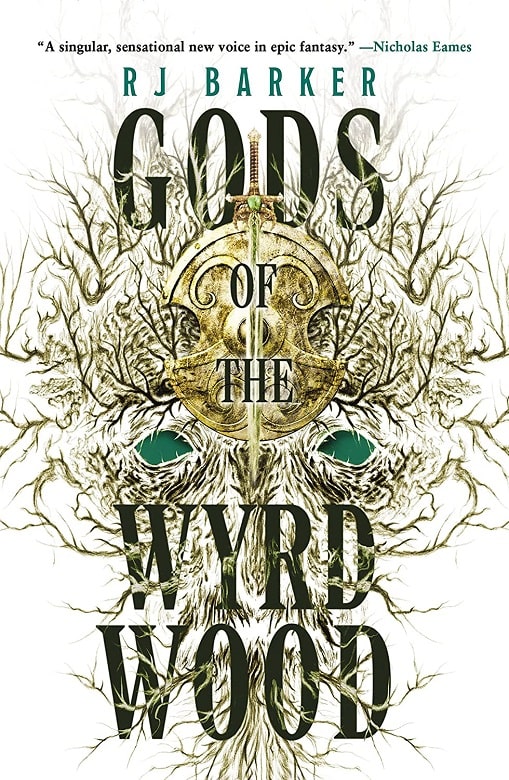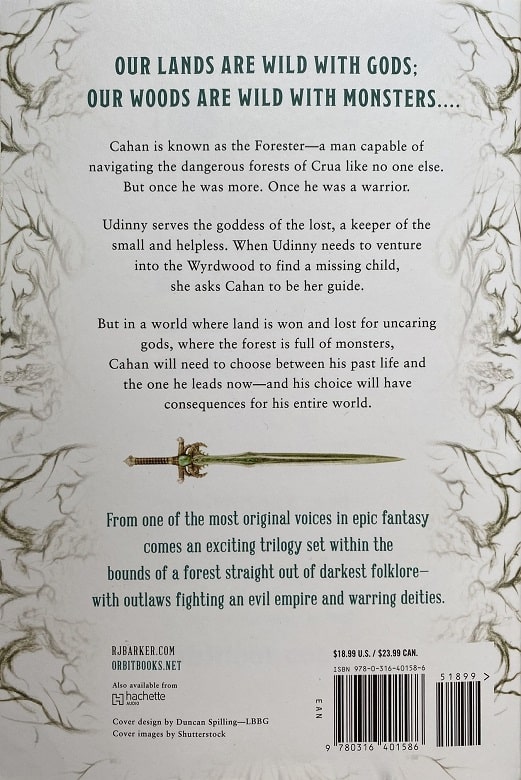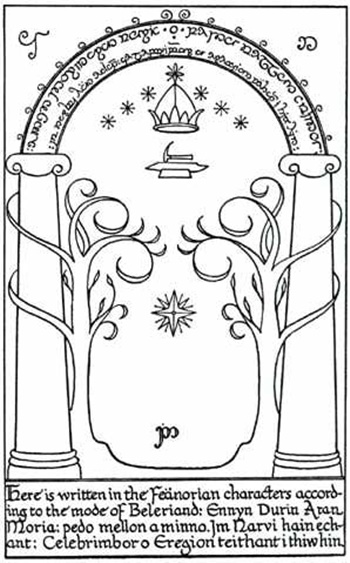 Fellow Black Gater Thomas Parker and I share quite a few interests – but within those interests we tend to vary wildly. I enjoy chatting with him. I conned him into writing a…I mean, he graciously agreed to do a Horace McCoy piece for A (Black) Gat in the Hand, and I’ve been after him to shore up my Black Gate views by doing a guest piece for me. And man, do I LOVE this one on the Rankin-Bass classic, The Hobbit. It was worth the past four years of badgering him. Read on!
Fellow Black Gater Thomas Parker and I share quite a few interests – but within those interests we tend to vary wildly. I enjoy chatting with him. I conned him into writing a…I mean, he graciously agreed to do a Horace McCoy piece for A (Black) Gat in the Hand, and I’ve been after him to shore up my Black Gate views by doing a guest piece for me. And man, do I LOVE this one on the Rankin-Bass classic, The Hobbit. It was worth the past four years of badgering him. Read on!
Let me begin with a statement that is impossible to prove but that almost no one would dispute: J.R.R Tolkien’s 1937 children’s fantasy The Hobbit is one of the most beloved books in the world, and because it serves (according to the cover of my old Ballantine paperback) as the “enchanting prelude to the Lord of the Rings” it is also one of the most influential books of the last century, all of which means that those who would presume to adapt the story for other media would be wise to tread warily.
Over the decades, there have been stage adaptations (including an operatic one), graphic novels, and many audio renderings. But when it comes to film adaptations, there are really only two versions to choose from, and they couldn’t be more different in scale, emphasis, and execution.
Most recently we have the triple-decker expansion offered by Peter Jackson — The Hobbit: An Unexpected Journey (2012), The Hobbit: The Desolation of Smaug (2013), and The Hobbit: The Battle of the Five Armies (2014), three movies that together have a running time of almost eight hours and that were made with all the technical sophistication and immense resources that Mordor… er, a major Hollywood studio can offer. The trilogy had combined budgets of six hundred and sixty-five million dollars, and during their initial theatrical releases the films netted approximately three billion dollars (to say nothing of profits from home video and merchandising). As the Dark Lords of the boardroom can tell you, each zero in those immense grosses is a veritable Ring of Power in itself.
…
Read More Read More
